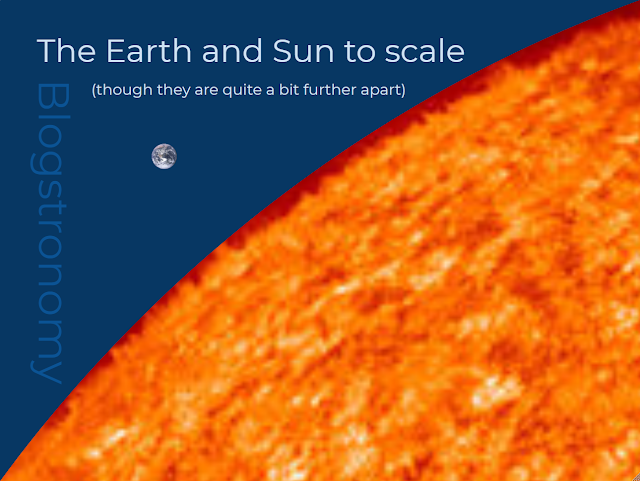How can an inflatable space craft withstand micro-meteoroid impacts?
A number of companies are planning inflatable orbiting spaceships. How can an inflatable space craft withstand the micro-meteoroid impacts? - Question posed by A. Nonymous
Inflatable spacecraft, specifically space stations, are indeed being researched and developed by a number of independent companies as well as NASA.
| Artist's impression of Transhab (by NASA) |
But surely they are susceptible to micrometeoroid damage?
What are micrometeoroids?
Micrometeoroids* are tiny pieces of rock in space, usually weighing in at around a gram or less. This might not sound very dangerous, but remember that they are likely to be travelling at speeds of many kilometres per second relative to spacecraft in orbit around the Earth. The tiniest objects don't do much damage individually, but the effect of many of them hitting a spacecraft over time adds up and causes the outer hull to degrade. Objects at the larger end of the micrometeoroid scale can have correspondingly larger effects, hitting the hull (or external equipment) like bullets.
So won't inflatable spacecraft just pop?
No. Try inflating a balloon and then sticking a pin in it. BANG, right? Now inflate another balloon, stick a piece of sticky tape somewhere on the outside and then push a pin through this. No bang this time. Any inflatable spacecraft will be designed so that one (or even multiple) hull breaches will not result in the craft ripping itself apart. It will need to be be very strongly built just to withstand the low-pressure environment of a near-Earth orbit, so this shouldn't be a problem. But at the same time, we don't want bits of rock to just fly through our craft: it might hit someone, and that'd be bad news for that person.
How do we stop inflatable craft from being punctured?
The outer skin of an inflatable spacecraft or habitat will be made from materials that absorb or deflect much of the energy from any impact. Using NASA's proposed inflatable 'Transhab'** as an example, its skin is made up of twenty-four different layers exhibiting various properties:
| By NASA [Public domain], via Wikimedia Commons |
- An outer temperature insulating layer made from 'biaxially-oriented polyethylene terephthalate' (more commonly known by it's trade name 'Mylar')
- Several layers of alternating Nextel cloth (produced by the 3M company and often used in cars as engine insulation) and open-cell foam, such as that used to make cushions. These alternately shatter and slow down micrometeoroids, spreading their energy over a wider area and allowing it to be absorbed more easily.
- A layer of Kevlar, used to make bullet and knife-proof vests, for example, which is reinforced and holds the shape of the module.
- Three nested bladders made of Combitherm (used to make food containers) which are designed to keep the air inside the craft.
- A layer of Nomex cloth which is fireproof and placed to protect the innermost air bladder from damage from within the craft.
By NASA [Public domain], via Wikimedia Commons
Inflatable modules have a distinct advantage over their traditional solid forefathers in that they are more easily repairable should the worst come to the worst- metal can be snapped, bent, shattered or otherwise broken, whereas a more flexible structure can ensure that any damage is more localised and, in some cases could even be self-repairing. They're cheaper to build and much easier to install in orbit around the Earth.
Such research and development may also prove useful when it comes to setting up habitats on the Moon or even further afield...
* Sometimes referred to as micrometeorites or micrometeors; the difference doesn't matter all that much for the purposes of the post but feel free to ask if you'd like a post explaining the difference.
** Development of Transhab ceased in 2000, but since then Bigelow Aerospace has bought many of the patents associated with it and is developing similar ideas for use within the private sector.



Comments
Post a Comment